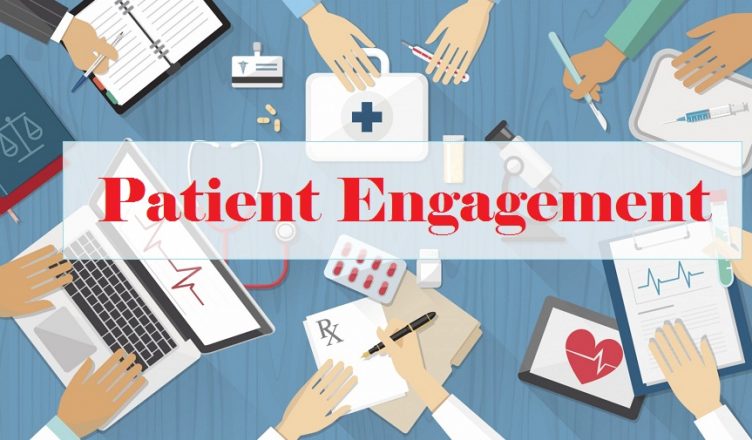When we think of patient engagement, we usually target the at-risk, sick or chronically sick patients. But this policy ignores a large demographic — the young and healthy. Since healthcare is usually designed to improve care, we end up ignoring the preventive part of it. The younger population may be relatively healthier, but they need no less of our attention.
The lack of engagement is mostly unconsciously done, since this demographic rarely visits healthcare institutions. But either as a public policy or a private one, we cannot afford to ignore them. But why should we bother to engage with the healthy when it is not really required?
— Because prevention is better than cure! By catching them young and teaching them the value of a healthy life, we can avoid a chronic conditions later on.
— because they need specialised attention in certain areas, such as birth control.
— because of rising instances of chronic diseases, such as diabetes, among the young.
— To help them recognise dangerous symptoms as and when they occur.
— because they are a hugely influential demographic. For instance, young parents often fall into this demographic. But even if healthy themselves, parents have a huge influence on a family and by extension, the community.
– because of the rise of a sedentary lifestyle with bad health choices, like eating junk food, among the young.
A different engagement
Now that we’ve established the need for engaging the young and healthy, the question is whether there is really any need for a different strategy? After all, patient engagement strategy is usually designed for all. The answer is a resounding yes.
There are two major reasons for it. The first is that the younger generation interacts with healthcare organisations in a very different manner, rarely visiting hospitals. The second is that their health concerns are usually different, more centred towards a healthy life and certain, specific conditions. So, its important that we talk to them in a language they understand.
Here Are Some Of The Patient Engagement Strategies For The Young Andhealthy:
Go online
Using the Internet as a means of reaching this demographic is an obvious step. Their opinions, choices and lives are largely shaped by the Internet. Their social life is lived on the social media, with messages, opinions and friendships forged. However, healthcare organisations have largely failed to recognise its huge potential. Their response range from using it as an informational devise to ignoring it altogether.
But the Internet and even the social media can have a much bigger impact. We must use it not just to educate, but also to engage with the young. We can reach them through personalised mails or messages. They are also receptive to web chats, webinars or Skype calls. The social media too can be used in a more engaging manner with live chats or starting discussions on concerns that affect the younger generation.
Go mobile
Different surveys have highlighted the rising use of mobile in the younger generation. The largest number of mobile app users also belong to this demographic. This makes them ideal for mobile health apps. Usually the highest use by this generation is regarding fitness issues. Use of apps to monitor health is popular. Apps can track sleep patterns, exercise levels, food intake and more. Given their comfort with this technology, providers often find mobiles the most convenient means of connecting with the younger generation.
Healthcare institutions can go a step further and use the apps with cloud-based tech to gather data on this demographic, educate them on frequently seen health conditions and even tailor their communication.
Personal touch
Contrary to what one may suppose, the younger generation also works better with one-on-one interactions with health professional. We’ve already mentioned how the Internet can facilitate that. We can go a step further by following-up on visits, reminders during vaccination or flu seasons or reaching out to them now and again. All this can go a long way in building a rapport.
Studies have shown that younger patients are also more likely to Google their illness. This is an indication that they need more personal intervention, although remotely. Telehealth or remote diagnosis could be worked out.
Wearable technology
As in their ease with all technology, the young are also more receptive to wearable health tech. Clever ad campaigning by these companies have even done part of our job — encouraging them to use devices for tracking their health. We can use the same devises to remotely monitor their health and engage them on a longer-term basis.
Lastly, we must create a culture of accessible and personable healthcare for the young and healthy. Make online appointments easy, be accessible on phone, establish tele health, make hospitals and clinics more sympathetic towards their issues and most of all, listen to them!

